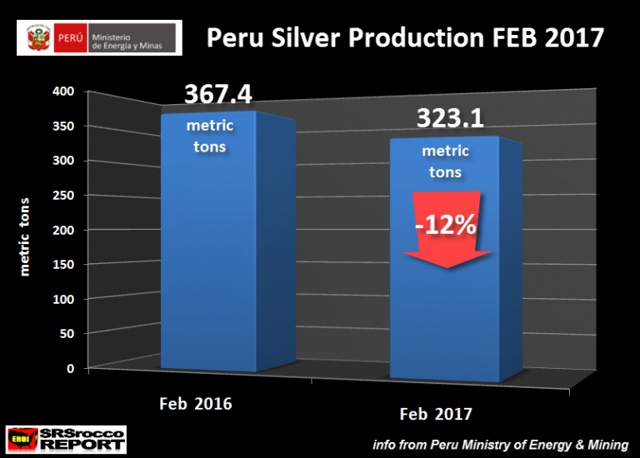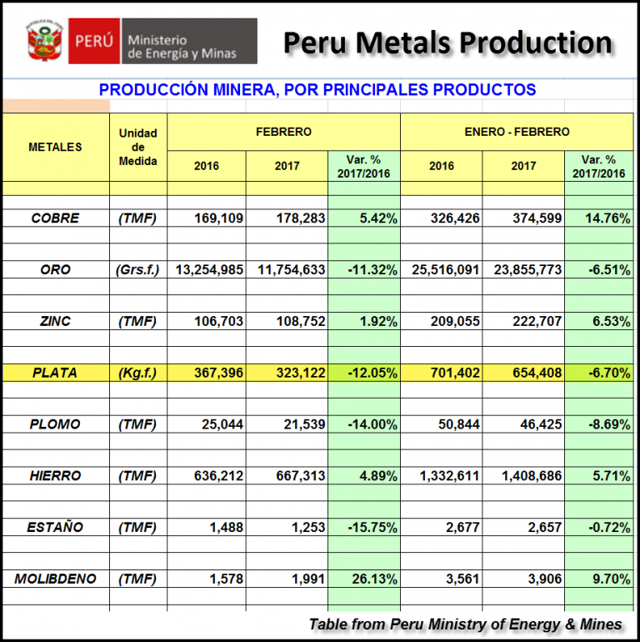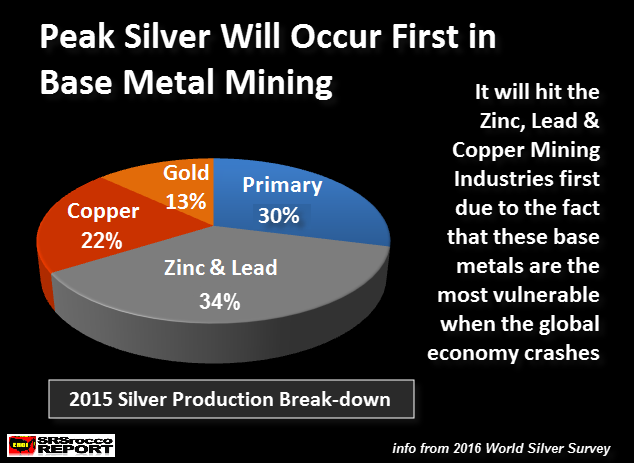A computer monitor from St George Bank, destined for recycling in Australia, has been found on a toxic e-waste dump in west Africa, being pulled apart by children as young as five.
At Agbobbloshi dump, in Ghana's capital, Accra, children tear apart e-waste from western nations with their hands, and burn circuit boards over open fires to melt out the precious metals.
Broken or redundant computers are considered hazardous waste and are illegal to ship out of Australia — so the discovery of the bank monitor raises serious questions about the integrity and regulation of Australia's growing e-waste problem.
St George Bank, wholly owned by Westpac, claims gold standard environmental stewardship.
It says it followed the "right processes to ensure the St George Bank monitor was despatched" to their recycling partner.
Media player: "Space" to play, "M" to mute, "left" and "right" to seek.
Ghanaian environmental reporter, Mike Anane, on assignment for RN's Background Briefing, discovered the broken monitor during a routine visit to check on the health and welfare of children working at Agbobbloshie dump, considered the worst dump in the world.
"Over 500 container loads of electronic waste are coming from these developed countries, including Australia, every single month," said Mr Anane, speaking from Accra.
"Lately there is so much coming from Australia. I see about three container loads of electronic waste coming from Australia every single month.
"It is not just immoral, it is criminal to ship these things here."
Australia is one of the biggest consumers of electronics in the world, buying millions of items a year, which translates into almost 600,000 tonnes of e-waste annually.
The St George Bank monitor is part of that growing pile.
Background Briefing showed a video of a 13-year-old boy on the Agbobbloshie dump holding the bank's monitor to Don Quinn, operations manager at WorkVentures, which has the contract for Westpac's 15,000 e-waste items every year.
Mr Quinn said he did not believe the monitor passed through WorkVentures.
But when asked to confirm this by checking back through their asset register, the company advised by email a week later that the monitor had indeed been put through their system as e-waste in 2012.
"We looked up the sticker number on the monitor from the video you showed us and found we picked it up from St George Bank and decommissioned it in May 2012," the email said.
Because the monitor was deemed broken and not able to be fixed, it was sent on to another recycler.
WorkVentures is a not-for-profit group that refurbishes computers and sells them to the disadvantaged and community groups at discounted prices.
Items that cannot be repaired are disposed of through other recyclers.
From what the ABC can tell, the monitor made its way from one of these other recyclers to Ghana.
Neither WorkVentures nor Westpac would agree to further interviews about the integrity of their e-waste disposal chain, or how the monitor ended up on the Agbobbloshie dump.
WorkVentures declined to identify the third-party Australian recycler they used, but said they severed that relationship in 2012 because their documentation was not up to standard.
WorkVentures also declined to say if there were other monitors and computers in the batch that found its way to Ghana.
Westpac said in an email: "We can't speculate on how the monitor ended up in Ghana five years after we dispatched it, however it is of great concern to us.
"We are determined to work with WorkVentures and our suppliers to understand how this has happened."
Westpac is not alone in losing control of its hazardous e-waste.
Mr Anane says the lack of regulatory oversight is one of the reasons Australian e-waste is ending up on dumps in Africa.
He has been warning western nations for years about the temptation for recyclers to avoid costly, legitimate disposal of what they collect.
Indeed, it seems very easy to find third-party recyclers who are prepared to illegally export hazardous e-waste from Australia.
Background Briefing made contact with an e-waste dealer in the Middle East who offered $500 per 1,000 kilograms of broken and smashed computers.
A major Australian national e-waste recycler, Geordie Gill, confirmed he was regularly contacted by rogue dealers hungry for his e-waste.
"On a fortnightly basis we will get emails from offshore and basically it comes down to: 'I will buy your e-waste from you'," Mr Gill said.
"The majority of the emails come from Africa and we've been offered up to $20,000 per shipping container of e-waste."
When asked if he believed there were Australian operators selling to these dealers Mr Gill said: "The opportunity is there. I would have to say yes."
Background Briefing is not asserting that Westpac or their recyclers sent the broken St George Bank monitor to Ghana, but its appearance at Agbobbloshi dump reveals a lack of oversight.
Mr Anane tells us the health problems suffered by the children exposed to e-waste are life-threatening.
"Each time I go to the dump ... I see the children with all these open sores, I see them with skin diseases," he said.
"They tell me, 'We cannot run, I have a problem with my heart, my heart beats faster, I cannot play football, I have headaches all the time.'
"It's obvious that these children will not live to see their 20th birthday. A lot of the kids disappear from the dumps and it's obvious what happens to them."



